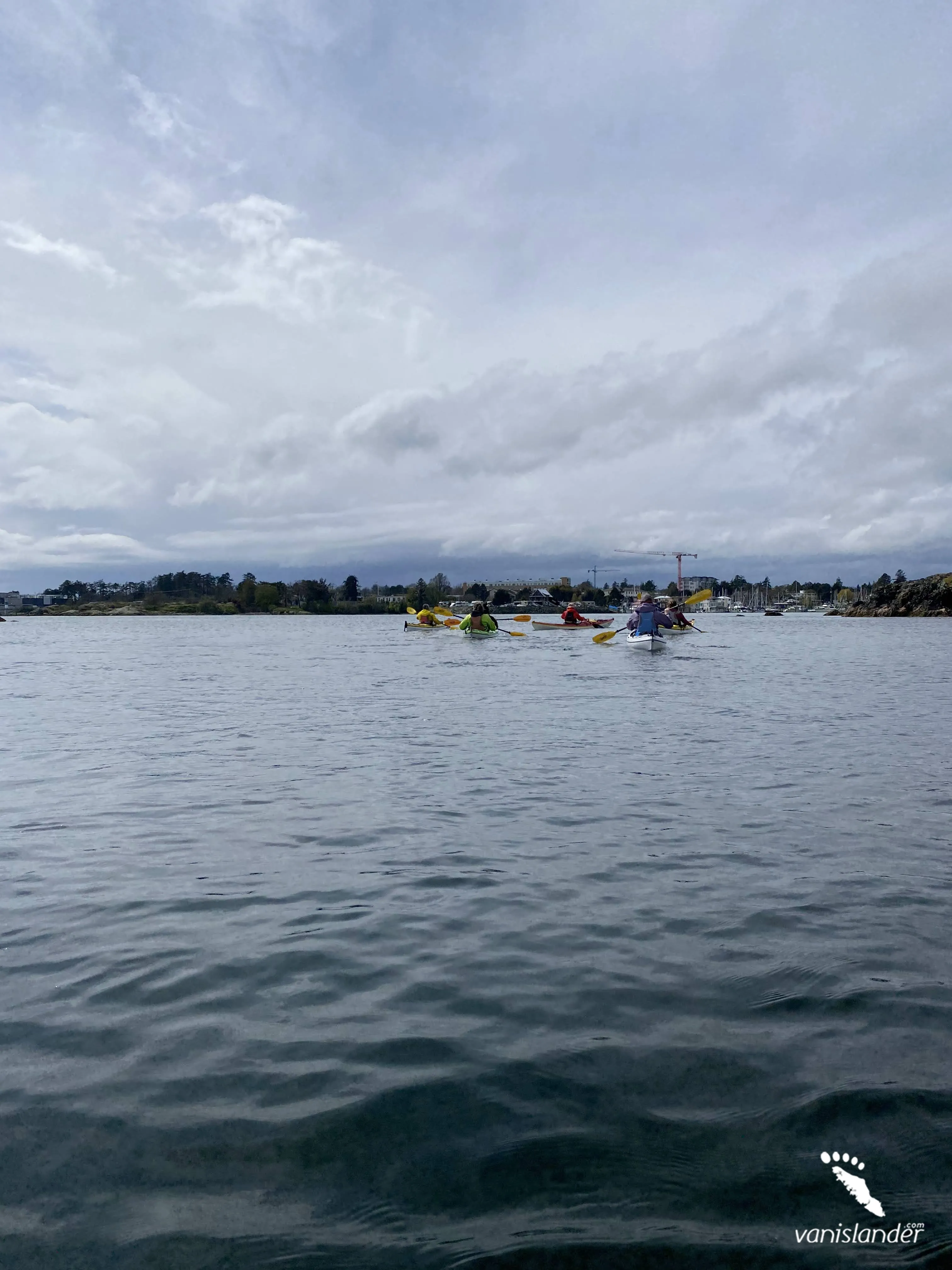
|
Section |
Distance |
Time |
Difficulty |
Features |
|---|---|---|---|---|
|
Trailhead to San Josef Bay
|
2.5 km
|
45 min
|
1 BI (Easy)
|
Wheelchair-accessible, sea stacks, sandy beach
|
|
Trailhead to Eric Lake
|
3 km
|
1 hr
|
2 D (Moderate)
|
Old-growth forest, tent platforms, lake camping
|
|
Eric Lake to Fisherman River
|
6.3 km
|
2 hrs
|
2 D (Moderate)
|
Telegraph lines, settler remnants, small campsite
|
|
Fisherman River to Nels Bight
|
7.5 km
|
3 hrs
|
1 B II (Easy-Moderate)
|
Expansive beach, camping, historical grave
|
|
Nels Bight to Cape Scott Lighthouse
|
6.1 km
|
2 hrs
|
2 B (Moderate)
|
Coastal views, historic plank roads, lighthouse
|
|
Month |
Weather Conditions |
Trail Accessibility |
Considerations |
|---|---|---|---|
|
May
|
Cooler temperatures with increased rainfall.
|
Trail open; some sections may be closed due to weather or maintenance.
|
Less crowded; prepare for wet and muddy conditions.
|
|
June
|
Mild temperatures; moderate rainfall.
|
Trail open; most campsites operational.
|
Increasing number of hikers; moderate weather.
|
|
July
|
Warmer temperatures; drier conditions.
|
Trail open; all campsites operational.
|
Peak season; higher demand for permits.
|
|
August
|
Warm temperatures; drier conditions.
|
Trail open; all campsites operational.
|
Peak season; higher demand for permits.
|
|
September
|
Cooling temperatures; increased rainfall.
|
Trail open; some campsites may be closed.
|
Less crowded; prepare for variable weather.
|
A Cape Scott Trail map is available online through BC Parks or at the trailhead. The Cape Scott Provincial Park map outlines the 23.6 km one-way trail, including camping spots and side trails like Hansen Lagoon. For offline use, download the Cape Scott Trail map PDF, as cell service is unreliable in this remote area.